Eight ways to help save the Chesapeake Bay
The Chesapeake Bay is huge—stretching over 200 miles long and with a watershed of over 64,000 square miles. That means there is a lot of land to protect and restore if we want to have a healthy estuary.
As individuals, we can lend our time to volunteer and pledge to live more bay-friendly lifestyles to protect the estuary and its rivers. Not just for our own benefit, but for the good of everybody.
Here’s a list of eight great activities that folks can take part in year-round. If after reading you are looking for even more ways to help, check out our How To’s and Tips page for more ideas.
1. Cleanup your your local stream or river
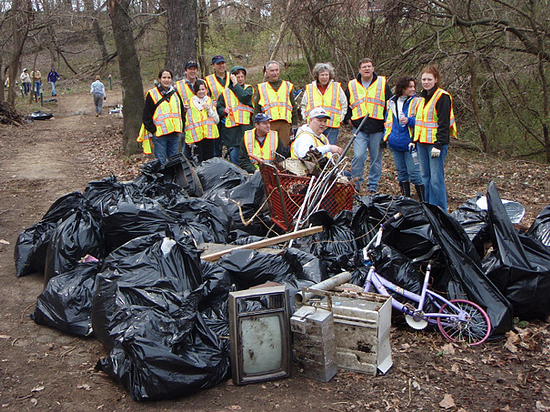
(Image courtesy Alliance for the Chesapeake Bay/Flickr)
As the oldest of five siblings, my parents always made me clean up messes that I didn't make. When I was a kid, I argued that "this isn't fair." Perhaps this is the most difficult thing about trash pickups – it doesn't seem fair to clean up after other people when you weren't the one who did it.
But as an adult, I realize that carelessly discarded trash all ends up in the same place: our waterways. There it damages ecosystems, harms wildlife and destroys the natural beauty of our region.
Stream cleanups are something we can participate in a few Saturday mornings a year. Volunteering for, or even organizing, regular cleanups in your neighborhood can bring your community together and make it more beautiful for everybody! To find a cleanup near you, contact your local watershed organization.
2. Replace paved driveways and sidewalks
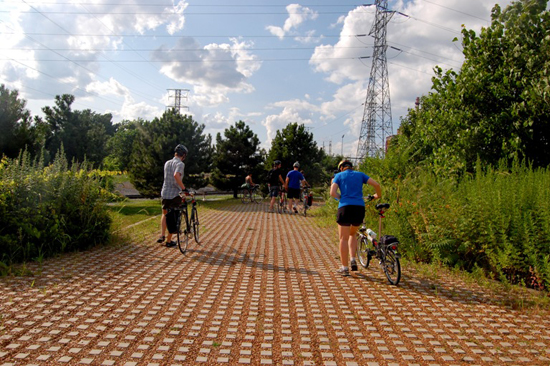
(Image courtesy reallyboring/Flickr)
Sidewalks and driveways are typically paved, “impervious” surfaces that do not allow rainwater to soak into the ground. Instead, it runs off, picking up pollutants such as oil, fertilizer and dog waste on its way to the nearest stream or storm drain.
Permeable surfaces, such as pavers, allow stormwater to slowly soak into the ground, reducing flooding and polluted runoff. Check with your local landscaping company; most offer porous paver options.
3. Use natural cleaning products
Remember, cleaning products go down the drain, too, eventually ending up in our streams and rivers. Of the 17,000 petroleum-based chemicals cleaners available for home use, only 30 percent have been tested for their effects on human health and the environment.
Choosing a naturally based cleaner will lessen any potential risks to your health and our waterways. Regular soap and water can eliminate bacteria from surfaces and are safer for the water supply as well.
4. Use less
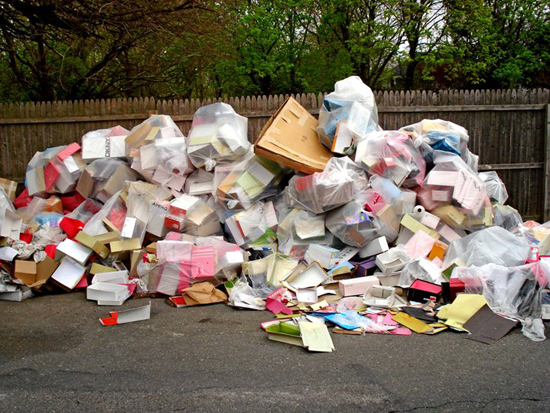
(Image courtesy scarlatti2004/Flickr)
If you paid attention to your neighborhood's curbside during the holiday season, you likely noticed a surprising amount of trash. Sure, it's great to recycle all those boxes and bags, but recycling still takes energy and money. Why not try to consume less to begin with during the holidays especially, but also throughout the entire year?
Composting is also a great way to limit the impact of food and yard waste from your household. Here are some great tips about reducing waste to get you started and if you are interested in composting, check out our How-To guide.
5. Ride your bike more and use your car less
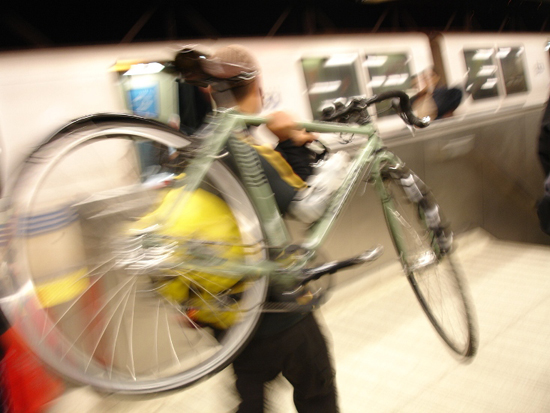
(Image courtesy gzahnd/Flickr)
Fuel costs are soaring, so instead of hopping in your car, uncover that old bike in the garage and get riding! Bike riding saves money and helps prevent pollution from vehicle exhaust from entering the Bay and its rivers.
In some parts of the Bay region, like Baltimore and Washington, it may actually be quicker and more enjoyable to bike ride than to sit in traffic each day. If you are biking Washington, D.C., check out this map to see routes and secure bike parking spots.
6. Teach our children how they can live compatibly with nature
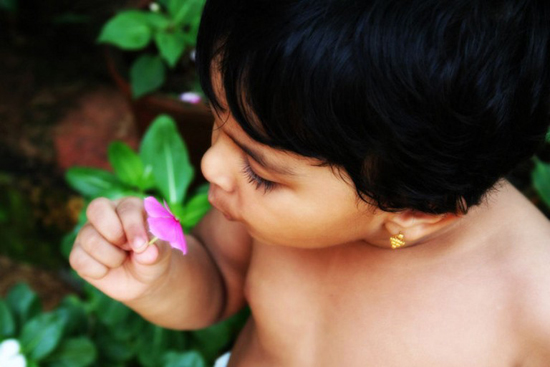
(Image courtesy seemakk/Flickr)
While they may be able to tell the difference between an iPod and an iPad, most children don't know how to identify the plants and animals in their own backyard. Growing up in a world of hand-held virtual realities, it’s no surprise that the younger generation has lost touch with the great outdoors.
Since Richard Louv's revolutionary book, Last Child in the Woods, concluded that children have developed social and physical health abnormalities as a result of "nature deficit disorder," a multitude of groups have formed to get kids outdoors. You can even join a nature playgroup near you to share your creative, kid-friendly outdoor adventures!
7. Plant natives
Planting native plants in your yard and community greenspaces is a great way to help provide food and habitat for countless native animal species. Native plants are also adapted for the environment and will require little to no maintenance with fertilizers and pesticides that can contribute to polluted runoff.
If you don’t know how to get started, look no further! Check out our How-To guide about choosing and using native plants. After planting native habitat, watch for critters like monarch butterflies and birds flock to your property!
8. Get out there! Explore the Bay and its rivers
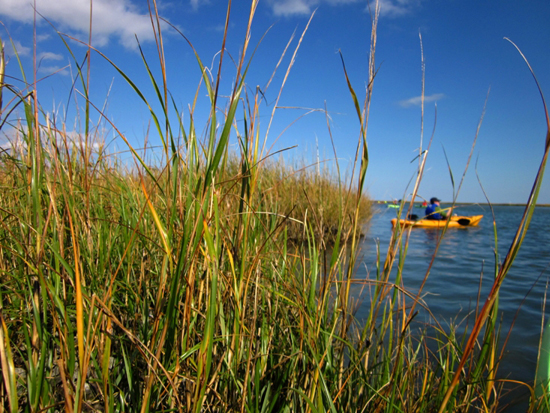
From New York to West Virginia, there are thousands of opportunities to get outside and enjoy your piece of the Bay. Check out the Chesapeake Bay Gateways Network for parks and natural areas near you.
For water warriors, the Captain John Smith Chesapeake Historic Trail will introduce you to historic and beautiful scenes only accessible via kayak, paddle boat or sailboat. Kids and adults alike enjoy geocaching, a fancy word for a treasure hunt using a GPS. The options are endless!
Remember to leave no trace and only walk, swim and recreate in designated areas when you go out. Happy exploring!

Comments
The amount of people helping the cause is amazing!
These are good ways!
These are some good ways to help the Chesapeake bay. Not forcing it, but try to find more!
Thank you!
Your comment has been received. Before it can be published, the comment will be reviewed by our team to ensure it adheres with our rules of engagement.
Back to recent stories